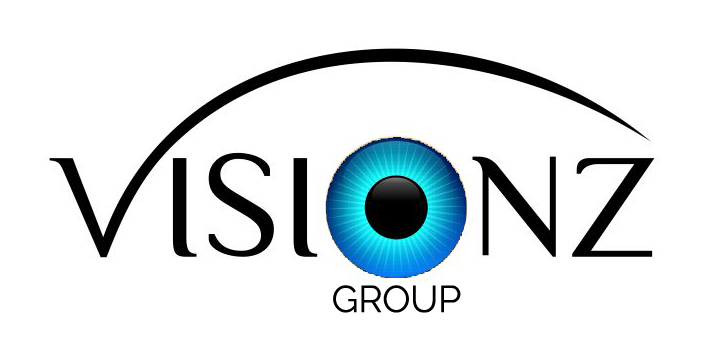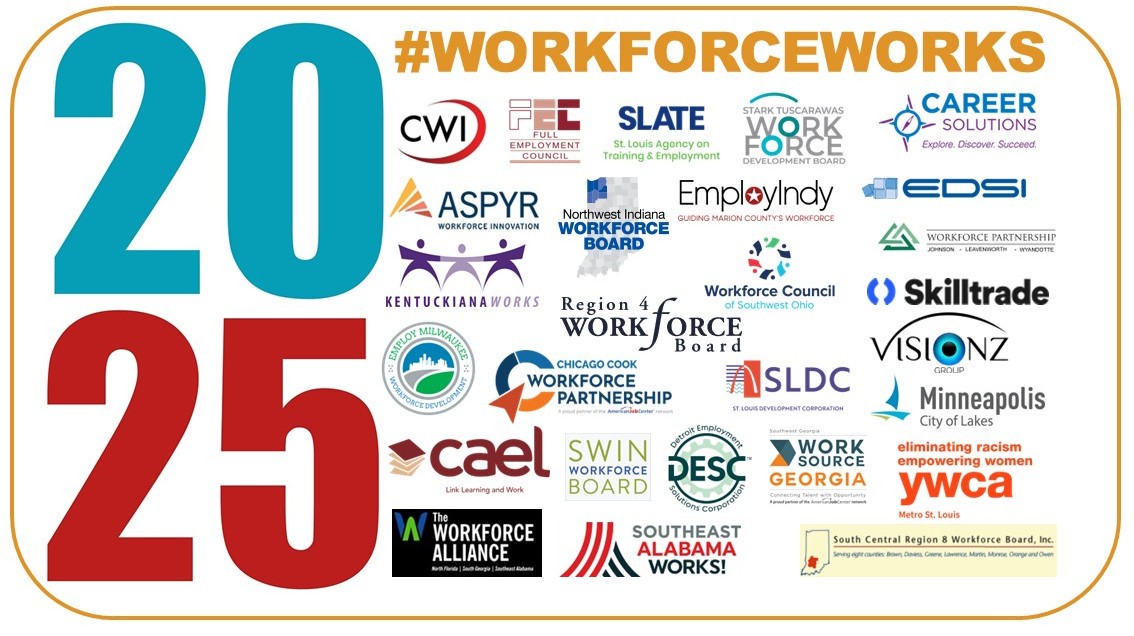Since the inception of this newsletter, we’ve invited you, our readers, partners, and fellow workforce professionals to share your success stories. And you’ve answered that call beautifully. This month’s edition is full of powerful examples: stories of real people, real outcomes, and the innovation driving our systems forward.
I like to think of the MUS Connector as more than a newsletter. It’s a gathering space, a place where workforce professionals can connect, learn, and grow together. These stories reflect the strength of our collective work and remind us of the human impact behind every data point, every program, and every system we build.
Where Innovation Meets Impact
Across the country, workforce boards are being called to rethink how they operate. In response, they are improving responsiveness, deepening engagement, and exploring how technology can support their mission.
Artificial Intelligence (AI) is quietly being integrated into these efforts, offering tools that help boards become more efficient and responsive. More than 70 percent of workforce boards are now using AI to streamline internal functions like contract management and reporting. These changes may not be immediately visible to the public, but they make a direct difference by giving staff more time and space to focus on relationships, planning, and delivery.
Local Boards, Meaningful Impact:
Workforce Council of Southwest Ohio

PE Labelers – Incumbent Worker Training
PE Labelers, an advanced manufacturing company based in Hamilton County, partnered with Cincinnati-Hamilton County OhioMeansJobs to upskill thirteen production workers. With support from WIOA funding, employees completed Six Sigma Green and Yellow Belt training, gaining critical skills in problem-solving, project management, and continuous improvement. The company has reported gains in efficiency and competitiveness, and employees now have portable skills that add long-term value.
St. Bernard Soap – Rapid Response in Action
When St. Bernard Soap closed its Cincinnati facility, more than 100 production workers were affected. The Cincinnati-Hamilton County OhioMeansJobs Center responded quickly, offering job search assistance and organizing an on-site job fair matched to workers’ skills. One company, Bearlocher, made nine same-day job offers, helping to eliminate employment gaps and maintain local talent.
Chicago Cook Workforce Partnership

Chicago Cook Workforce Partnership is streamlining operations through AI-enabled automation, giving staff more time to focus on service delivery. Their innovations include:
· Automatically extracting invoice data to improve budget tracking and financial accuracy.
· Using natural language tools to summarize complex data for reports and compliance.
· Reducing administrative bottlenecks by automating contract workflows and decision-making processes.
Employ Milwaukee and The Visionz Group

Supporting Youth in Milwaukee’s Growing Tech Landscape
Employ Milwaukee and The Visionz Group are helping young people explore AI’s role in today’s workforce. Through targeted programming, youth gain exposure to emerging roles such as Cybersecurity Analyst, while building technical confidence and career readiness early in their journeys.

Full Employment Council – Kansas City, Missouri

In Kansas City, the Full Employment Council (FEC) is working closely with employers to prepare for the impact of automation and evolving workforce demands. Their business services team is designing strategic responses, aligning training and talent pipelines to meet the needs of both industry and community.
Looking Ahead
As this month’s stories show, workforce boards are delivering real results — helping workers upskill, supporting employers through change, and designing systems that respond to community needs. Whether it’s through rapid response, youth engagement, apprenticeship expansion, or the use of AI, these efforts reflect what innovation looks like when it’s rooted in impact.
At the same time, gaps remain. According to national data documentation, only 14 percent of frontline workers have received training related to AI or how it may affect their roles. Yet employer demand continues to rise.
Workforce systems are uniquely positioned to bridge that gap. By continuing to invest in people, technology, and collaboration, boards can lead with clarity and purpose, staying focused not on trends, but on outcomes, equity, and access for all.
Success, in our view, is not a single moment. It’s a series of connections that help people move forward with confidence. And when those connections are strong and intentional, we begin to see results that are both personal and systemic.
As we continue to elevate what’s working, let’s remain committed to the design behind the success. Collaboration is not just a value we talk about; it is the method, the mindset, and the movement that brings workforce transformation to life.
National Data Documentation: futureworksystems.com uses publicly available DOL PIRL data sets.





